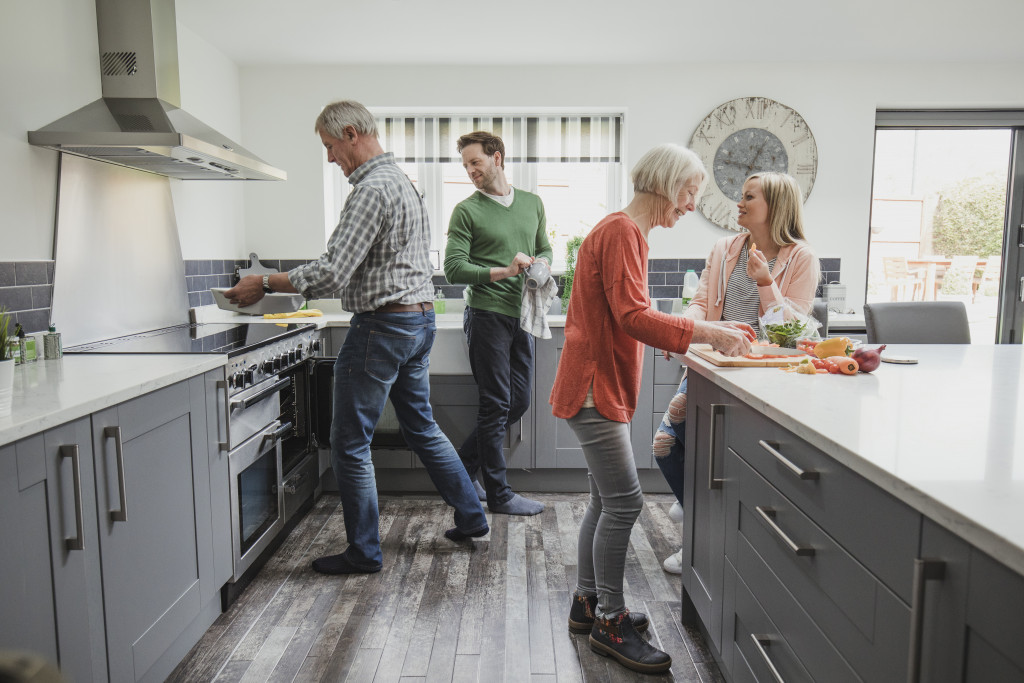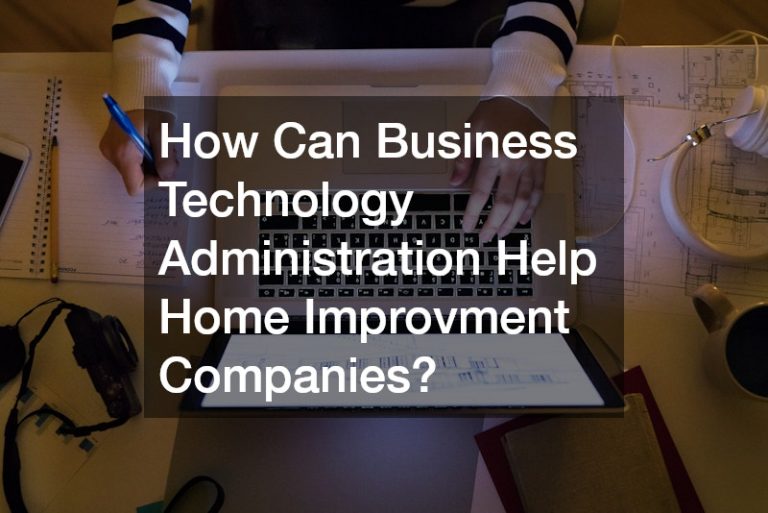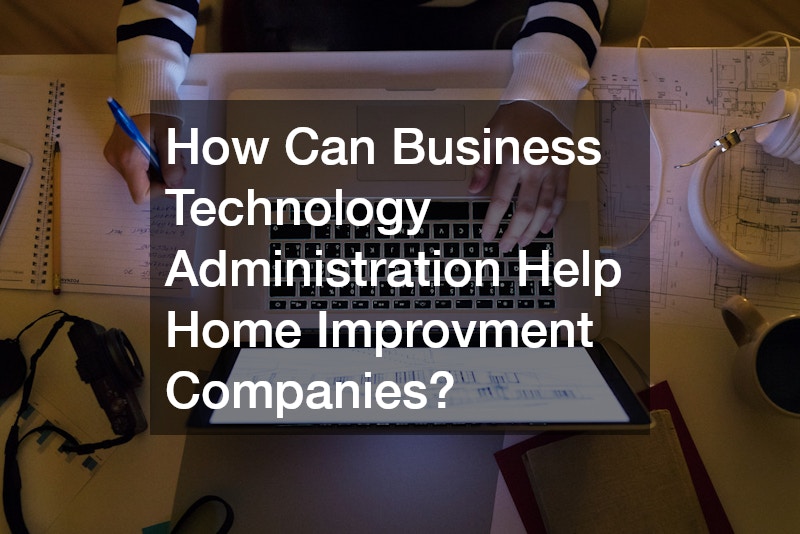If you have a passion for cooking, then starting a catering business could be a great way to make some extra money. catering can be a very profitable business, even if you have to start at home. Of course, if you want to be successful in catering, you must have great recipes and a lot of practice. But if you are willing to do the work, catering can be a very lucrative business.
However, starting a home catering business is not as easy as it sounds. There are a few things you need to take into consideration before starting your own catering business. One of them is adjusting your current kitchen setup to make room for commercial services. Here are a few tips to consider when trying to set up your kitchen for catering.
Investing in More Equipment
If you want to start a catering business, one of the most important things you need to do is invest in more equipment. This equipment will allow you to handle larger quantities of food and provide better service to your clients. Some essential equipment you will need include ovens, refrigerators, freezers, and stoves.
However, you don’t need to go out and buy all new equipment. If you already have some of these appliances, you can upgrade them to suit your needs better. For example, if you only have one oven, consider buying a second one so you can cook multiple dishes simultaneously. Catering involves cooking for large groups of people, so it’s essential to have the right equipment to make the process as smooth as possible.
You can consider a few alternatives if you cannot afford new equipment. You can borrow or rent equipment from other caterers or culinary schools. You can also buy used equipment at a discount. Whatever route you choose, ensure you have the necessary equipment to run your catering business effectively.
Proper Kitchen Flooring
Another important aspect of setting up your kitchen for catering is the type of flooring you use. Having a floor that can handle a lot of foot traffic and spillage is essential. Catering involves a lot of movement, so it’s necessary to have a floor that can withstand this type of activity.
Tile floors are a popular option for catering kitchens because they are durable and easy to clean. However, they can be slippery when wet, so use non-slip mats in areas with potential spills. Vinyl and linoleum are also durable options that are easy to maintain. Fortunately, you can find a company that provides flooring for food processing services. In addition to being durable, your flooring should be easy to clean. Spills are inevitable in any catering business, so it’s essential to have a floor that can get quickly and easily wiped down. Sealed concrete is a good option because it doesn’t absorb spills and is easy to clean.
Carpet is not recommended for catering kitchens because it’s difficult to clean and stains easily. If you have carpet in your kitchen, use mats to protect it from spills.
Making Storage Space

Storage is another essential aspect of setting up your kitchen for catering. When you cater, you will need to have a lot of ingredients on hand to prepare the food you are serving. You will also need storage space for leftovers and dishes.
One way to create more storage space is by using shelves. Shelves can store non-perishable items like spices, canned goods, and dry ingredients. You can also use them to store pots, pans, and other cooking utensils. If you have a lot of small appliances, consider keeping them on shelves as well. It will free up counter space so you can prep food more efficiently.
Another option for creating storage space is to use racks. Racks can store pans, pots, and other large cooking utensils. They can also store trays and platters. Racks are a great way to keep your kitchen organized and free up space.
Health and Safety Regulations
When starting a catering business, you must know all your area’s health and safety regulations. Catering involves handling food, so you must take the necessary precautions to ensure the food is safe for consumption. In most areas, you will need to obtain a food handler’s license before you can start catering. You will also need liability insurance to protect yourself if someone gets sick from eating the food you prepared.
To obtain a food handler’s license, you must take a food safety course and pass an exam. The course will teach you how to handle and prepare food safely. Once you have a license, please post it in a visible area in your kitchen.
Liability insurance is another essential aspect of starting a catering business. This insurance will protect you if someone gets sick from eating your prepared food. Catering businesses are considered high-risk, so it’s essential to have this type of coverage. You can obtain liability insurance through a business company or a catering association.
Conclusion
When setting up your kitchen for catering, be sure to keep these tips in mind. Investing in the right equipment and proper flooring is essential for any catering business. You must also be aware of your area’s health and safety regulations to ensure you are providing safe food to your clients. With these tips in mind, you can set up your kitchen for catering with ease.








